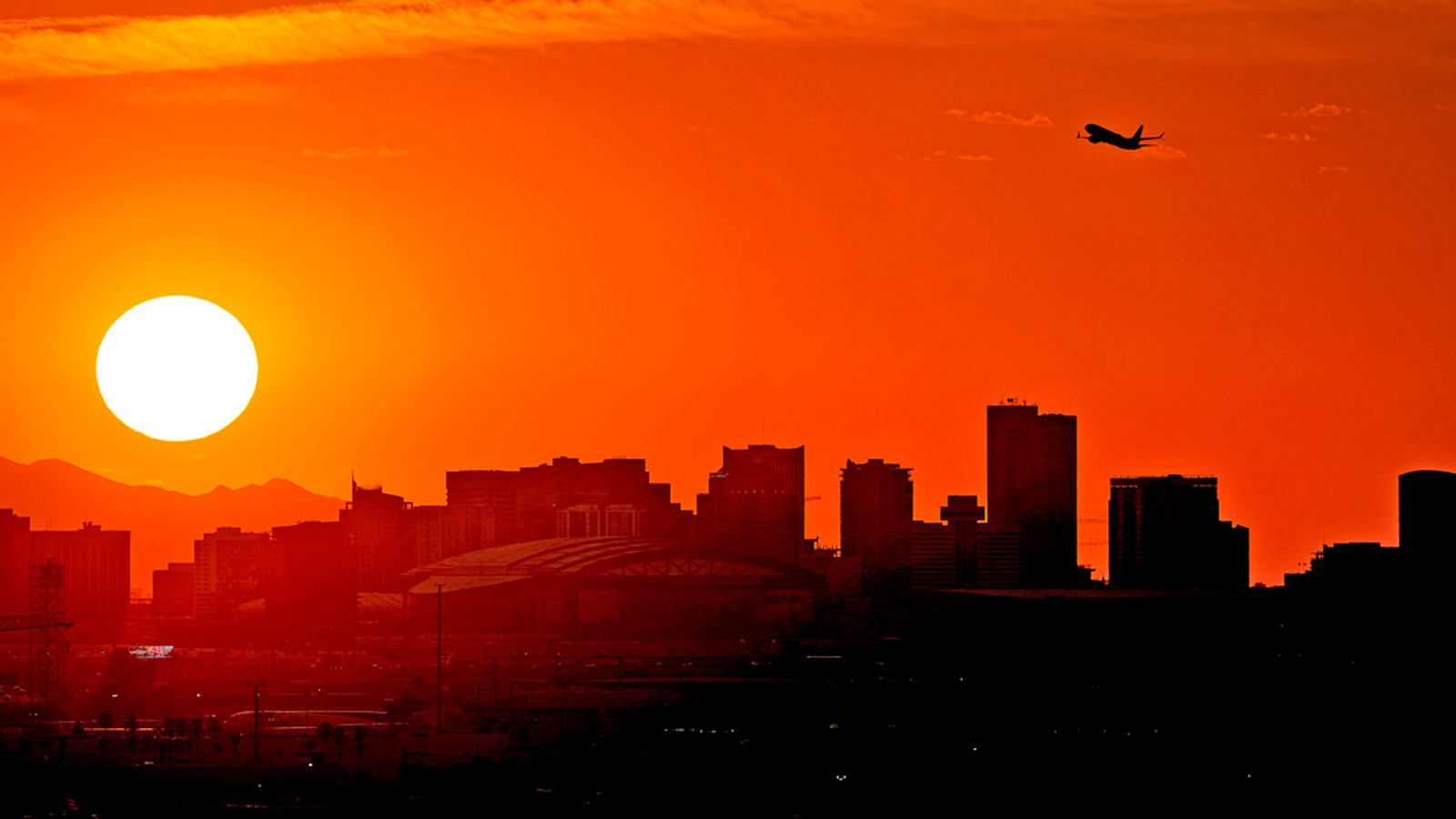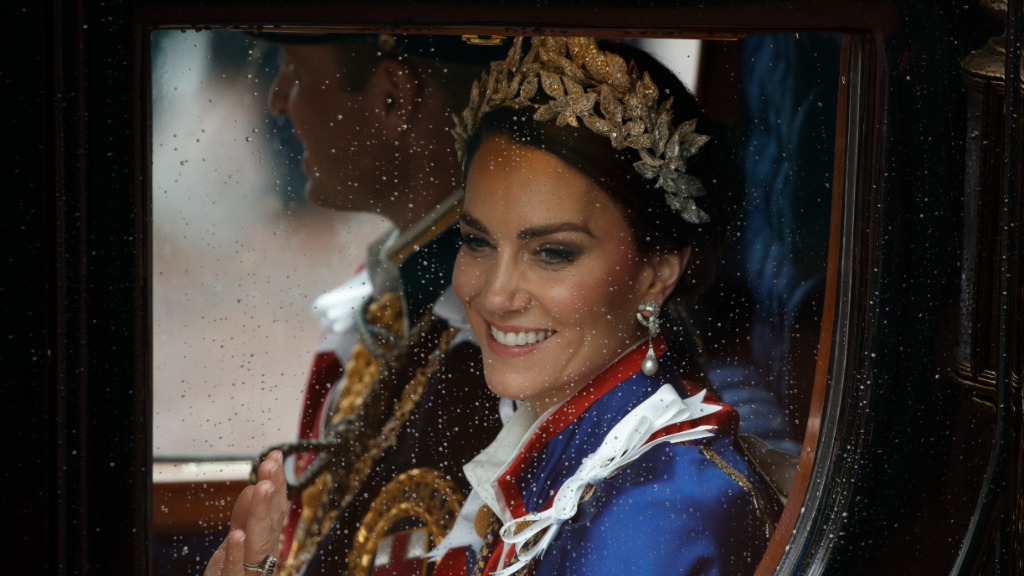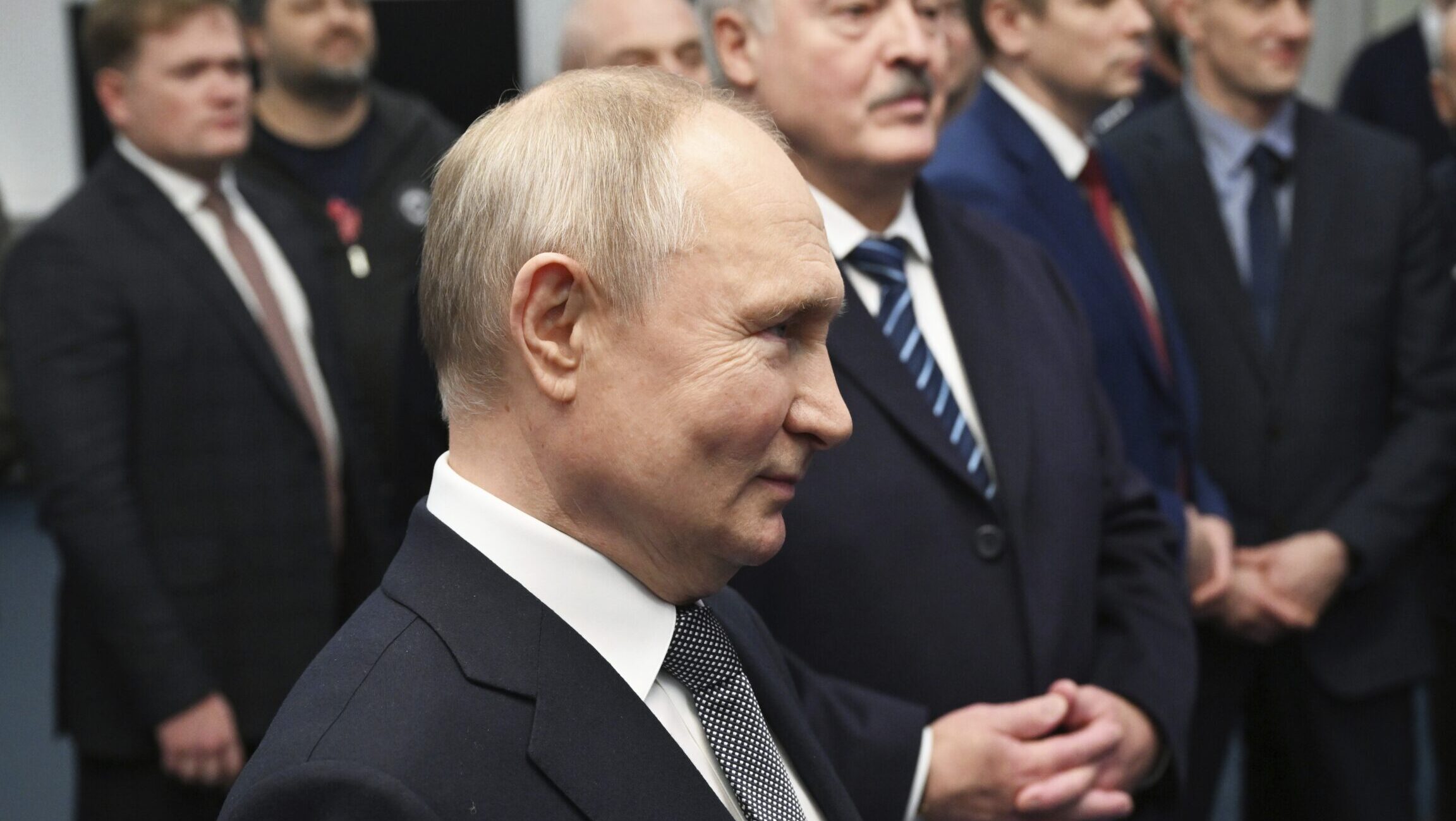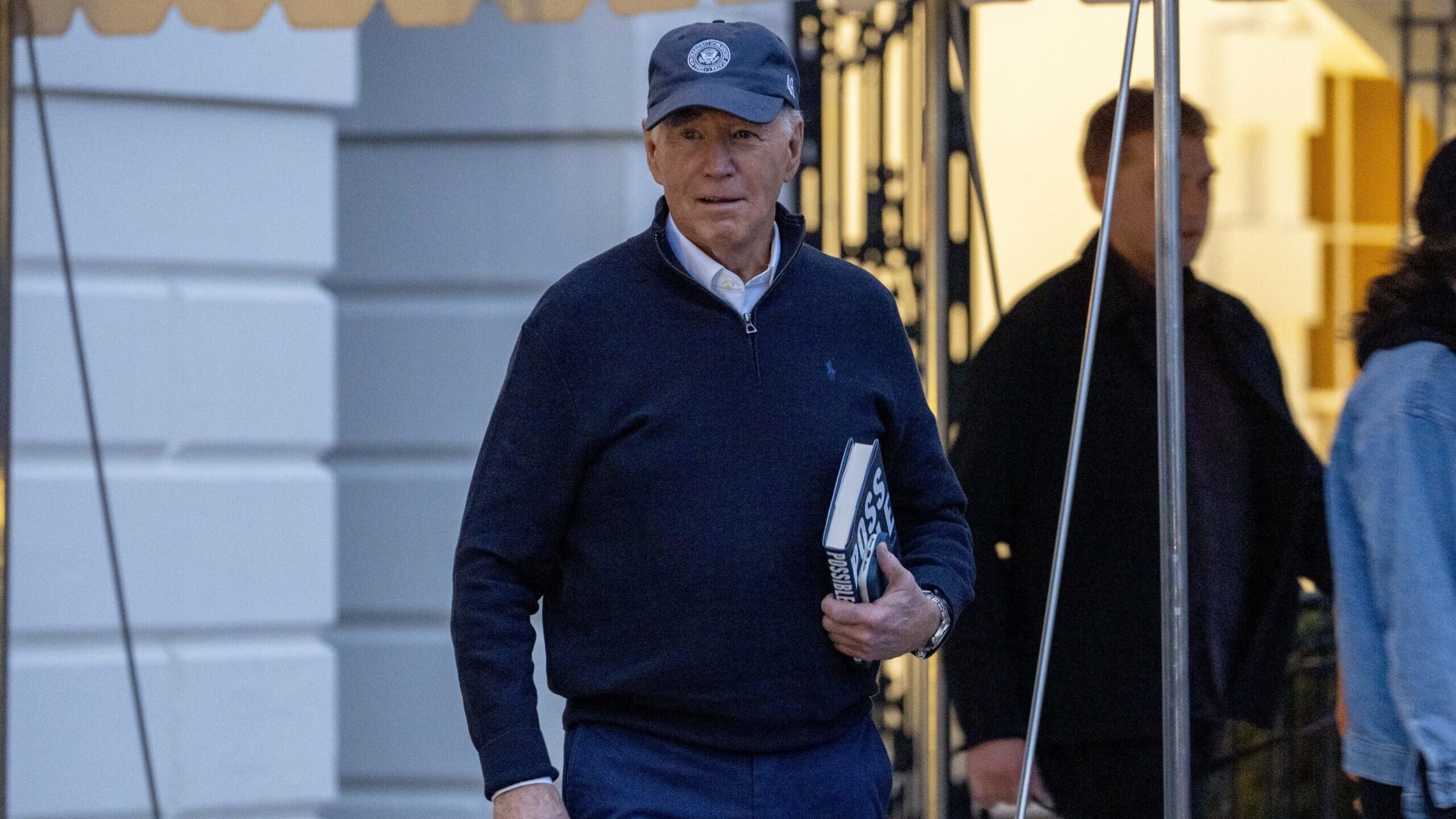Seeking logic in North Korea’s mass spectacles
May 15, 2012, 11:17 AM
Associated Press
PYONGYANG, North Korea (AP) – From across the city, they are summoned to pay reverence.
So on a chilly April evening, tens of thousands of people come to honor their new ruler, as towering statues of his father and grandfather are unveiled on a Pyongyang hilltop. The crowds bow before the statues in practiced unison and shake bright, fake flowers in choreographed praise. Some weep with joy to be in the presence of the baby-faced Kim Jong Un, who is now their Illustrious General, their Leader, their Supreme Commander.
For years, this is how the world has seen the people of this secretive nation: as Stalinist automatons in meticulously staged mass spectacles that glorify one-family rule. And there’s plenty of truth in that.
But look closer.
Go downtown on that April evening and mingle among the thousands of people walking to their trolley stops after the ceremony, when the streets are closed to traffic and crowds fill the night with laughter. Most have spent the entire day squatting in a hilltop plaza the size of a small cornfield, waiting to stand on cue and wave their flowers for a few minutes in well-practiced devotion. They should be exhausted.
Instead, young women walk arm in arm, young men eyeing them from nearby. Older women laugh as they swish along in the traditional Korean dresses modernized here into polyester hoop skirts. Across the street from Department Store No. 1, hundreds of people crowd sidewalk stalls to buy 1-cent servings of spring water (“Good for your health!” a saleswoman promises), served in metal cups that are rinsed in buckets and quickly used again.
In many ways, it’s a vision of 1950s small-town America. Most men wear hats and ties, few women show even a hint of cleavage. There are no teenagers with mysterious piercings, no fights, no obvious drunks.
This is the complex reality of the spectacles, which exist at a particularly North Korean intersection of dogma, tedium and entertainment. They are blatant propaganda in support of the ruling family, but also a chance to look around for girlfriends. They are a source of widespread pride in a country best known for its isolation, but require dull practice sessions that can stretch on for days.
And in a place with little to offer in the way of nightlife, they even count as fun.
Movie theaters close early here, along with the bars. North Korean television broadcasts little but odes to the ruling family. Few people can afford the city’s restaurants. Private parties are discouraged by the authorities, who frown on gatherings they do not control.
That leaves the rallies.
“On days when rallies are held, people who participate can get together and talk over drinks after the event is over,” says Kim Seong-min, 26, a university student now living in South Korea. “Rallies are chances to get together and feel the warmth of the community.”
The ceremonies, like nearly all life in North Korea, revolve around the three men who have ruled the country since its birth in 1948: The founder Kim Il Sung, his son Kim Jong Il and now his grandson Kim Jong Un.
Toddlers learn songs proclaiming their love of Kim Il Sung. Official accounts say Kim Jong Il could control the weather, and that broken machinery would spontaneously function at his touch. The state media proclaims Kim Jong Un, who came to power late last year after his father’s death and is believed to be in his late 20s, a living reflection of his two predecessors.
In the official tales, the Kims are kind and they are brilliant, they are strong and they are all-knowing.
The government, of course, is also deeply feared, with vast interlocking webs of intelligence agencies, informer networks and prison camps. Plenty of North Koreans proclaim their belief out of that fear, according to people who have managed to flee the country. Others pay fealty out of professional ambition.
But many people genuinely believe the propaganda; it is so all-encompassing that in many ways it would be hard not to. That makes the rallies as close to religious services as most North Koreans have ever seen.
“We, all the people, cried together while listening to the speech of the Respected General,” says Paek Kum Hui, a schoolteacher who was part of an immense April 15 military parade where Kim Jong Un gave his first public address.
“The tears we shed were more than those of joy,” says Paek, her voice starting to break. She says they also reflect her pride in the new leader, and in North Korea as “really in the center of the world.”
Even people who have fled North Korea say the spectacles can be transcendent experiences. Many say they believed the propaganda when they lived there, and that others did too.
Cho Bong-il, 60, who left for South Korea in 1998 and detests the regime he left behind, says he would sometimes feel emotional during the rallies: “I even had goose bumps.”
For centuries, rulers have used choreographed spectacles to help them maintain control, mixing the appearance of absolute public unity with an underlying threat of what happens to anyone who goes against the grain.
Mass rallies were a part of life in ancient Rome, in 1930s Berlin and in the former Soviet Union, which helped install Kim Il Sung in power after World War II.
But in Pyongyang, spectacles have become science.
Two decades after the Soviet Union’s fall, rallies that Stalin would recognize occur regularly in the North Korean capital, home to the country’s political, military and bureaucratic elite. Members of that elite know that attendance at the rallies, and the practice sessions ahead of time, are a part of living here.
So they learn the rules early _ from how to dress (conservatively) to where to stand (look for the numbers painted on many large plazas).
They participate in mass political rallies, mass military parades and mass outdoor dances, with thousands of synchronized couples swinging their partners in honor of the 100th anniversary of Kim Il Sung’s birth.
“When we as outsiders look at these productions, we only look at the final product: these machine-like events that look very eerie,” says Suk-young Kim, a professor at the University of California at Santa Barbara who has studied the spectacles. “But imagine you’re coordinating every breath you take with 100,000 people: It brings people together. It eliminates individual will. It has tremendous efficacy in running society.”
Not that it can’t get tiresome.
“Most people I knew in Pyongyang complained all the time about how there are rallies all the time and they are sick of them,” says Kim, the student in Seoul. “We did it because we had to. If they told us to shout ‘Hurrah!’ we did … If they told us to shout anti-American slogans, we did it no matter how many times they told us to.”
Watching the rallies can be bewildering for outsiders. They are dazzling displays of unity, as thousands of people move in such synchronization that it doesn’t seem possible. They can be breathtaking, and at times even beautiful.
Then there is the astonishing patience of those involved.
No one goes to the bathroom during these gatherings, or fidgets or visibly yawns. When a young woman had to sit down at a recent Friday afternoon political rally, apparently overcome with illness, she knew to do it discreetly. The people around her closed in so she could not be easily spotted by the security men prowling the edges of the crowd.
By the standards of Pyongyang, that rally was fairly mundane, basically a series of speeches to denounce the South Korean government with tens of thousands of people brought in to listen. The crowds knew from years of practice to stand at attention as officials spoke. They knew when to applaud, when to thrust their fists into the air, when to call out insults against South Korea. It was over in less than an hour.
All during the rally, though, no matter the moment, the facial expressions remained unchanged.
That was no surprise to Kim Seong-min, the former Pyongyang resident. He taught himself early how to participate in rallies while barely paying attention. “My mind just went blank,” he said.
Because in North Korea, sometimes it is easier to be a robot.
___
Associated Press writer Sam Kim contributed to this report from Seoul, South Korea
(Copyright 2012 The Associated Press. All rights reserved. This material may not be published, broadcast, rewritten or redistributed.)









